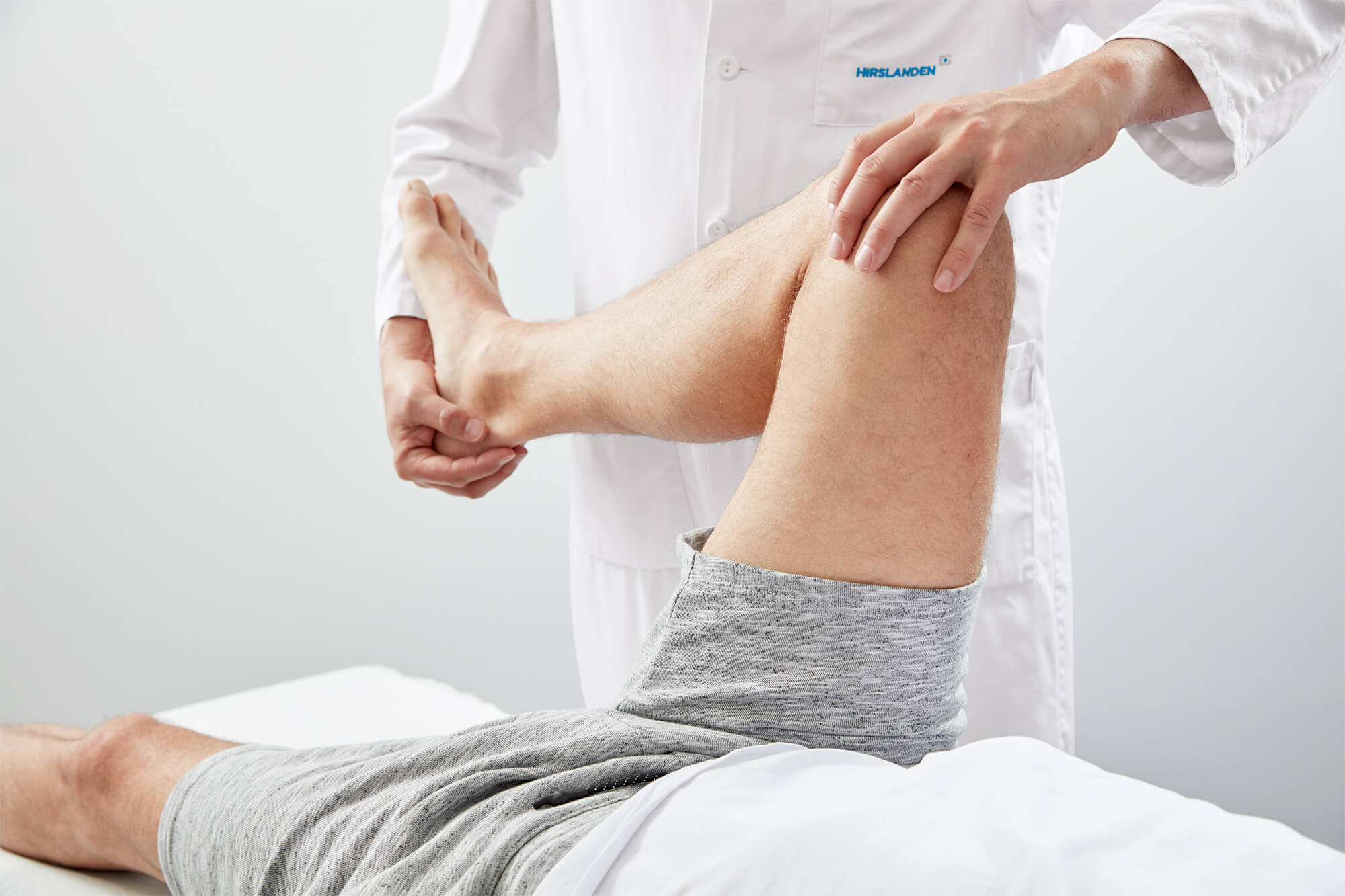To understand the implication of FHL in knee problems, we must situate the knee joint in the overall context of the lower limb and place it in motion by analyzing how it works while walking. The knee is a condylar joint which, when walking, is practically fixed in rotation by the contraction of the popliteal muscle when the heel touches the ground. Thus, when walking, the component of knee rotation is negligible. On the other hand, it can be fully expressed in flexion where the radius of the condyles is smaller, the capsuloligamentous apparatus less stretched and the menisci more free to move.
The knee therefore functions as a hinge joint like the ankle when walking. The rotational component is given by the hip upstream and by the subtalar downstream. These two joints by their anatomical common points are called "ball-in-the-socket joints" in English, “coxae pedis” and “femoris” by Professor Pisani who has wonderfully explained the implication of the coxa pedis in the mechanics of walking.
The two joints are interdependent. If one of them is blocked, the other must follow the imposed direction of movement or try to resist it by the force of the stabilizing muscles. This is precisely what happens in FHL where the subtalar is blocked. The hip is driven in internal rotation (medial collapse) during the support phase and in external rotation in the taligrade phase with a gluteal lever arm which thus loses its effectiveness. And what of the knee in all of this? It is caught in an infernal spiral, badly positioned in rotation with a poorly synchronized musculature which can’t protects it properly, hence it suffers. The knee is often the fuse of this dysfunction, hence the pain reverberates on it. The knee is also more vulnerable and exposed to sprains.
Learn more
 Conséquences biomécaniques de l'hallux limitus fonctionnel
Conséquences biomécaniques de l'hallux limitus fonctionnel  2013 FHL CONGRESS - COXA PEDIS AND COXA FEMORIS: INTERDEPENDENCE AND COMPLEMENTARITY
2013 FHL CONGRESS - COXA PEDIS AND COXA FEMORIS: INTERDEPENDENCE AND COMPLEMENTARITY
 EN
EN  DE
DE  ES
ES  FR
FR 